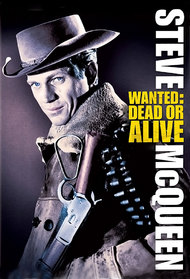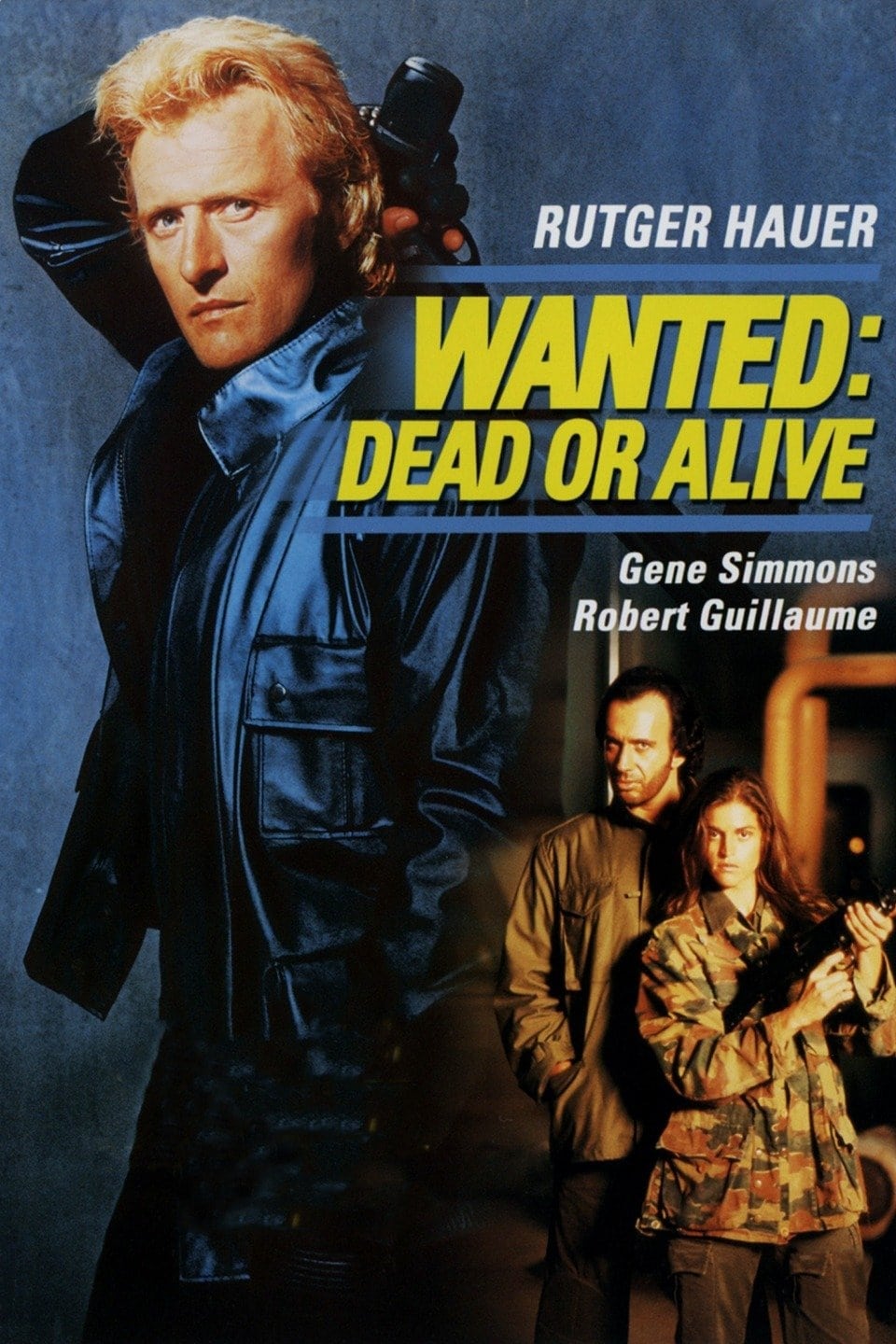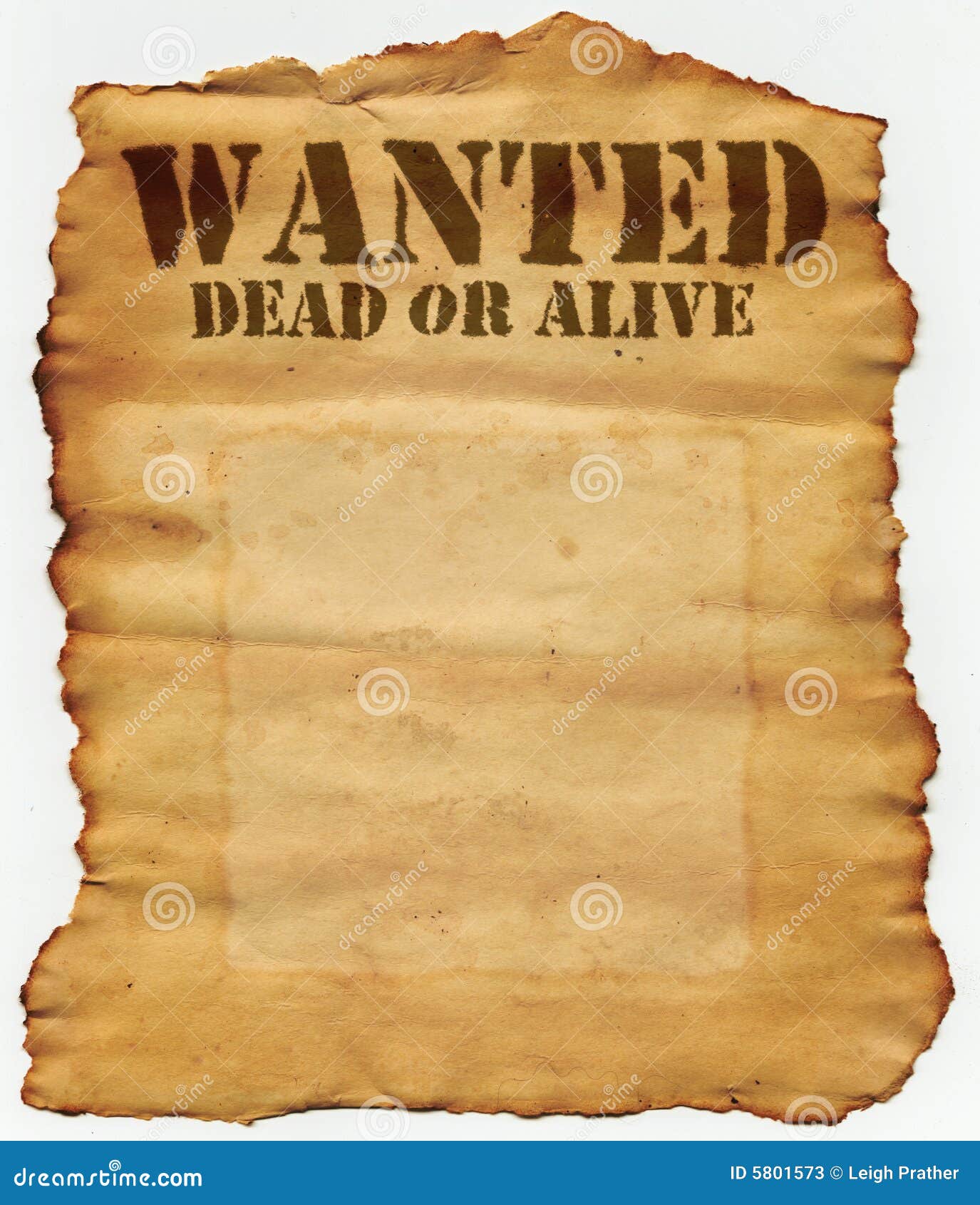

McQueen received an Academy Award nomination for his role in The Sand Pebbles (1966). He was nicknamed the " King of Cool" and used the alias Harvey Mushman in motor races.

His antihero persona, emphasized during the height of the counterculture of the 1960s, made him a top box-office draw for his films of the 1960s and 1970s. Bush made the reference, "And there's an old poster out West, that I recall, that said, 'Wanted: Dead or Alive'.Terrence Stephen McQueen (March 24, 1930 – November 7, 1980) was an American actor. This idea was also used by The New York Post in their global search for Osama Bin Laden in 2001, shortly after President George W. Popular examples of this include the SeptemEdition of the British newspaper the Daily Mirror, which cast Adolf Hitler as a "reckless criminal" "wanted dead or alive".

Wanted posters have been used by media sources to cast prominent figures as wild west criminals. While most issuers of wanted posters instead preferred the target to be taken alive in order to stand trial, some private organizations were willing to go to these extreme measures to protect their interests. Alternatively, the phrase might mean that it was permissible to kill them if they resisted arrest. This could indicate that the person was an outlaw, and that it was permissible to kill him. Thus one would get a reward for either bringing the person or their corpse to the authorities. Historically, some wanted posters offering a reward contained the phrase "dead or alive". For other uses, see Dead or alive (disambiguation) and Wanted dead or alive (disambiguation). "Dead or alive" and "Wanted dead or alive" redirect here. PhotoFIT: Photographic Facial Identification Technique.E-FIT: Electronic Facial Identification Technique via computer.People who, as a profession, chase wanted individuals with the intent to collect their bounties are referred to as bounty hunters.Ĭomposite images for use in wanted posters can be created with various methods, including: More modern wanted posters may also include images of the fugitive's fingerprints. Bounties provided an incentive for citizens to aid law enforcement, either by providing information, or by catching the criminal themselves. Wanted posters for particularly notorious fugitives frequently offer a bounty for the capture of the person, or for a person who can provide information leading to such capture. The FBI now claims to have access to over 5,200 billboards nationwide. In 2014, the FBI claimed that at least 53 cases had been solved as a direct result of digital billboard publicity, and many others had been solved through the Bureau's overall publicity efforts that included the billboards. This allows them to instantly post a wanted notice in public view across the US. In 2007, the FBI began posting wanted posters on electronic billboards starting with 23 cities, and have been working to expand this system in other states. These types of posters were also referred to as reward posters. Wanted posters also might include rewards for providing aid in the capture of the wanted person, usually in the form of money. However, wanted posters have also been produced by vigilante groups, railway security, private agencies such as Pinkerton, or by express companies that have sustained a robbery. Today many wanted posters are displayed on the Internet. Wanted posters are commonly produced by a police department or other public government bureaus intended for public display such as on a physical bulletin board or in the lobby of a post office.

There is typically a set monetary reward offered to whoever catches the wanted criminal that is advertised on the poster. The poster will usually include a description of the wanted person(s) and the crime(s) for which they are sought. A wanted poster for escaped boys at Plainfield's Indiana Boys School, 1917 They generally include a picture of the person, either a photograph when one is available or of a facial composite image produced by the police.ĭescription An 1824 wanted poster issued by the Spanish Empire and offering a gold and silver bounty for the capture of pirate captain Roberto Cofresí. Wanted poster for John Wilkes Booth and his accomplices in the assassination of Abraham LincolnĪ wanted poster (or wanted sign) is a poster distributed to let the public know of a person whom authorities wish to apprehend. JSTOR ( February 2014) ( Learn how and when to remove this template message).Unsourced material may be challenged and removed. Please help improve this article by adding citations to reliable sources. This article needs additional citations for verification.


 0 kommentar(er)
0 kommentar(er)
